Home>Gardening & Outdoor>Landscaping Ideas>What Type Of Fertilizer To Use On Centipede Grass
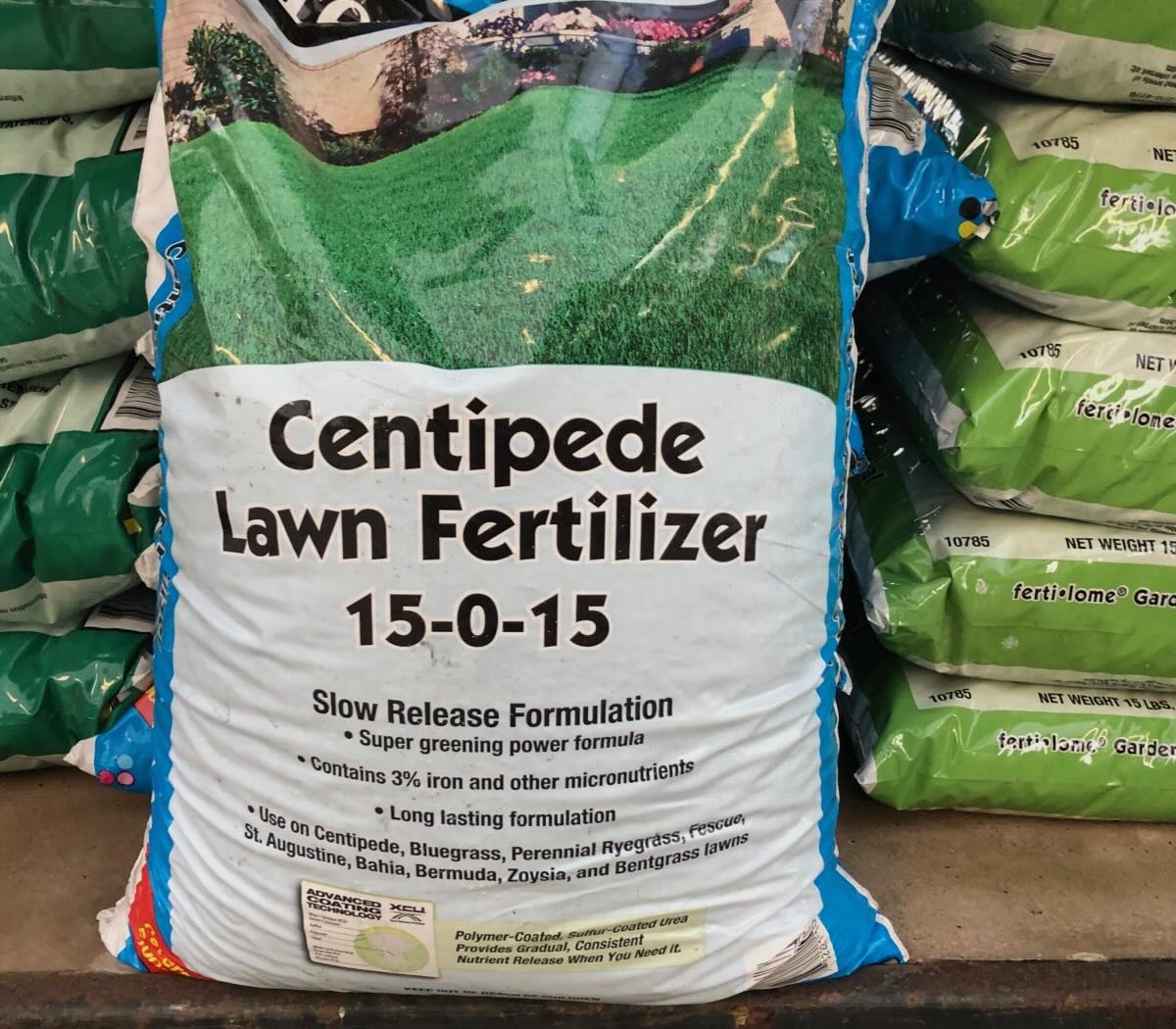

Landscaping Ideas
What Type Of Fertilizer To Use On Centipede Grass
Modified: February 27, 2024
Discover the best fertilizer for centipede grass and improve your landscaping with our expert tips and ideas. Keep your lawn lush and healthy!
(Many of the links in this article redirect to a specific reviewed product. Your purchase of these products through affiliate links helps to generate commission for Storables.com, at no extra cost. Learn more)
Introduction
Centipede grass is a popular choice for lawns in warm climates due to its low maintenance requirements and excellent heat tolerance. However, to keep centipede grass looking lush and healthy, it's important to provide it with the right nutrients, including the proper type of fertilizer. Understanding the specific nutritional needs of centipede grass and knowing which type of fertilizer to use can make a significant difference in the overall health and appearance of your lawn.
In this comprehensive guide, we will delve into the world of centipede grass fertilization, exploring the specific nutritional requirements of this grass variety and the best practices for fertilizing it. Whether you're a seasoned lawn care enthusiast or a beginner looking to enhance the beauty of your centipede grass lawn, this article will equip you with the knowledge to make informed decisions about fertilizing your turf. Let's embark on this journey to discover the secrets of nurturing vibrant and resilient centipede grass through proper fertilization techniques.
Key Takeaways:
- Centipede grass has low nutrient requirements, so use a slow-release, low-nitrogen fertilizer to avoid overstimulating growth and maintain a healthy, vibrant lawn.
- Best practices for fertilizing centipede grass include soil testing, conservative nitrogen application, and monitoring grass response to ensure long-term health and beauty.
Understanding Centipede Grass
Centipede grass (Eremochloa ophiuroides) is a warm-season turfgrass known for its low-maintenance nature and ability to thrive in acidic, sandy, and low-nutrient soils. It boasts a medium texture with a light green color, creating a soft and inviting carpet-like appearance across lawns, parks, and golf course fairways. This grass variety spreads through stolons, forming a dense and uniform turf that exhibits excellent heat tolerance and moderate cold tolerance.
One of the key characteristics of centipede grass is its relatively low nutrient requirements compared to other warm-season grasses. This makes it an attractive choice for homeowners and landscapers seeking a turfgrass that demands minimal inputs while still delivering an appealing aesthetic. However, despite its low nutritional needs, centipede grass does benefit from periodic fertilization to support its overall health and vitality.
Understanding the growth habits and nutritional preferences of centipede grass is essential for tailoring a fertilization regimen that promotes optimal growth and resilience. By gaining insights into the specific needs of this grass variety, you can make informed decisions about the type and timing of fertilizer applications, ultimately contributing to the long-term success of your centipede grass lawn.
Now that we have a foundational understanding of centipede grass and its growth characteristics, let’s explore the nutritional requirements that drive the fertilization needs of this resilient turfgrass.
Nutritional Needs of Centipede Grass
Centipede grass, known for its adaptability to low-nutrient soils, has specific nutritional requirements that influence its overall health and appearance. Understanding these needs is crucial for providing the appropriate fertilization to support the grass’s growth and resilience.
One of the key nutritional aspects of centipede grass is its relatively low nitrogen requirement. While many other turfgrass varieties thrive with regular applications of nitrogen-rich fertilizers, centipede grass prefers a more conservative approach. Excessive nitrogen can lead to an array of issues, including increased thatch accumulation, susceptibility to disease, and reduced cold tolerance. Therefore, it’s essential to select a fertilizer with a low to moderate nitrogen content when nourishing centipede grass.
Phosphorus is another essential nutrient for centipede grass, particularly during its establishment phase and when repairing damage. Adequate phosphorus levels support root development and overall plant vigor, contributing to the grass’s ability to withstand environmental stressors and maintain a dense, healthy turf.
Potassium, also known as potash, plays a vital role in the physiological processes of centipede grass. This nutrient aids in water regulation within the plant, enhances disease resistance, and promotes general stress tolerance. Ensuring that centipede grass receives sufficient potassium through fertilization supports its ability to thrive in challenging conditions, such as drought and heat.
Additionally, centipede grass benefits from micronutrients such as iron, manganese, and magnesium. These elements contribute to essential metabolic functions within the plant, influencing processes like chlorophyll production and enzyme activation. While centipede grass is resilient in low-nutrient environments, providing balanced micronutrient support through fertilization can further enhance its color, vigor, and overall health.
By recognizing the specific nutritional needs of centipede grass, you can tailor your fertilization approach to deliver the right balance of nutrients without overstimulating growth or compromising the grass’s natural resilience. Armed with this knowledge, let’s explore the types of fertilizer best suited for meeting the unique nutritional requirements of centipede grass.
Types of Fertilizer for Centipede Grass
Choosing the right type of fertilizer is crucial for meeting the nutritional needs of centipede grass while avoiding potential issues associated with over-fertilization. When selecting a fertilizer for centipede grass, it’s essential to consider the nutrient content, granule composition, and application frequency to ensure that the grass receives balanced nourishment without excessive stimulation.
One of the most suitable types of fertilizer for centipede grass is a slow-release, low-nitrogen formulation. Slow-release fertilizers provide a steady supply of nutrients to the grass over an extended period, minimizing the risk of nutrient leaching and potential environmental impact. Additionally, a low-nitrogen content, such as a 15-0-15 or 16-4-8 analysis, aligns with the grass’s modest nitrogen requirements, promoting steady growth without the risk of excessive shoot development.
Granular fertilizers are commonly used for centipede grass, offering ease of application and consistent nutrient distribution. These granules can be applied using a broadcast spreader, ensuring even coverage across the lawn. It’s important to select a granular fertilizer with a balanced blend of phosphorus and potassium, complemented by essential micronutrients, to support the overall health and resilience of centipede grass.
Another option for fertilizing centipede grass is to use organic fertilizers, which provide a natural and sustainable approach to nourishing the turf. Organic fertilizers, derived from natural sources such as compost, bone meal, or seaweed, offer a gentle and environmentally friendly way to supply essential nutrients to the grass. These fertilizers contribute to soil health and microbial activity, fostering a robust root system and enhancing the overall vitality of centipede grass.
Furthermore, liquid fertilizers can be utilized to supplement the nutritional needs of centipede grass, particularly during periods of stress or when targeted applications are necessary. Liquid formulations can be applied using a hose-end sprayer or a watering can, allowing for precise and localized fertilization as needed. This approach is beneficial for addressing specific areas of the lawn that may require additional nutrients or for providing a quick boost during the growing season.
Understanding the characteristics and benefits of different types of fertilizers empowers homeowners and landscapers to make informed decisions when nourishing their centipede grass lawns. By selecting a fertilizer that aligns with the grass’s nutritional requirements and growth habits, you can promote a vibrant, resilient, and visually appealing lawn while minimizing the risk of nutrient-related issues.
Now that we’ve explored the types of fertilizer suitable for centipede grass, let’s delve into the best practices for effectively fertilizing this low-maintenance yet visually striking turfgrass.
Best Practices for Fertilizing Centipede Grass
When it comes to fertilizing centipede grass, adopting best practices ensures that the grass receives the necessary nutrients to thrive while minimizing the risk of over-fertilization and related issues. By following these guidelines, you can promote the health and beauty of your centipede grass lawn while maintaining environmental responsibility.
Read more: How To Fertilize Centipede Grass
Soil Testing
Prior to applying fertilizer, conduct a soil test to assess the nutrient levels and pH of the soil. This information can guide your fertilizer selection and application rates, allowing you to tailor the fertilization approach to the specific needs of your centipede grass lawn.
Appropriate Timing
Fertilize centipede grass during its active growth periods, typically in late spring and summer. Avoid fertilizing in late fall, as this can stimulate late-season growth, increasing the grass’s susceptibility to cold damage.
Conservative Nitrogen Application
Choose a fertilizer with a low to moderate nitrogen content, such as a 15-0-15 or 16-4-8 analysis, to support steady growth without excessive shoot development. Avoid high-nitrogen formulations to prevent thatch buildup and potential cold tolerance issues.
Even Application
Apply granular fertilizers evenly across the lawn using a broadcast spreader to ensure consistent coverage. This promotes uniform nutrient distribution and minimizes the risk of uneven growth or coloration.
Read more: What Is Centipede Grass
Proper Watering
After fertilization, water the lawn lightly to help the granules dissolve and release nutrients into the soil. Adequate watering is essential for activating the fertilizer and facilitating nutrient absorption by the grass roots.
Organic Fertilization
Incorporate organic fertilizers into your centipede grass maintenance regimen to promote soil health and microbial activity. Organic fertilizers offer a natural and sustainable approach to nourishing the grass while enhancing the overall vitality of the lawn.
Monitor Growth and Color
Observe the growth and color of your centipede grass following fertilization. Ideally, the grass should exhibit steady, healthy growth with a vibrant green color. Adjust your fertilization approach based on the grass’s response and visual appearance.
Seasonal Adjustments
Consider seasonal adjustments to your fertilization regimen based on the specific needs of centipede grass. During periods of stress or recovery, targeted applications of liquid fertilizers can provide a quick nutrient boost to support the grass’s resilience.
By incorporating these best practices into your centipede grass fertilization routine, you can nurture a resilient, visually appealing lawn while promoting the long-term health and vitality of this low-maintenance turfgrass. Now, equipped with the knowledge of best fertilization practices, you are well-prepared to care for your centipede grass and enjoy its lush beauty throughout the seasons.
Read more: What Fertilizer To Use For Grass
Conclusion
Centipede grass, with its low-maintenance nature and adaptability to challenging soil conditions, offers homeowners and landscapers a resilient and visually appealing turfgrass option. To ensure the health and vitality of centipede grass lawns, it’s essential to understand the grass’s specific nutritional needs and implement appropriate fertilization practices.
By recognizing the modest nitrogen requirements and the importance of balanced phosphorus, potassium, and micronutrient support, you can tailor a fertilization regimen that promotes steady growth and resilience in centipede grass. Selecting the right type of fertilizer, such as slow-release granular formulations or organic options, allows for effective nourishment while minimizing the risk of over-fertilization.
Implementing best practices, including soil testing, conservative nitrogen application, and appropriate timing, ensures that centipede grass receives the necessary nutrients without compromising its natural resilience. Monitoring the grass’s response to fertilization and making seasonal adjustments further contributes to the long-term health and beauty of centipede grass lawns.
Ultimately, by embracing a holistic approach to centipede grass fertilization, you can nurture a vibrant and visually striking lawn while upholding environmental responsibility. The knowledge and best practices shared in this guide empower you to make informed decisions about fertilizing centipede grass, fostering a resilient and inviting landscape that enhances the beauty of your outdoor space.
As you embark on your journey to care for centipede grass, may this guide serve as a valuable resource, equipping you with the insights and practices needed to cultivate a thriving and resilient lawn that brings joy and natural beauty to your surroundings.
Frequently Asked Questions about What Type Of Fertilizer To Use On Centipede Grass
Was this page helpful?
At Storables.com, we guarantee accurate and reliable information. Our content, validated by Expert Board Contributors, is crafted following stringent Editorial Policies. We're committed to providing you with well-researched, expert-backed insights for all your informational needs.
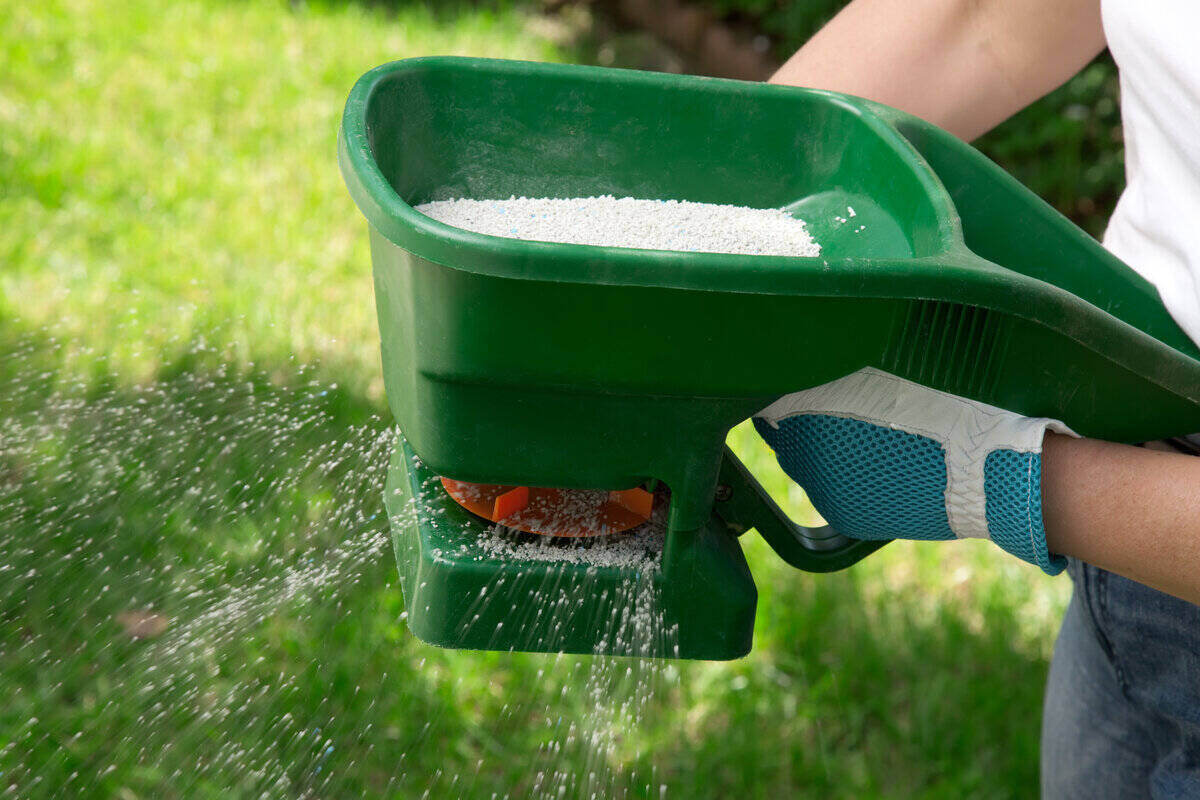



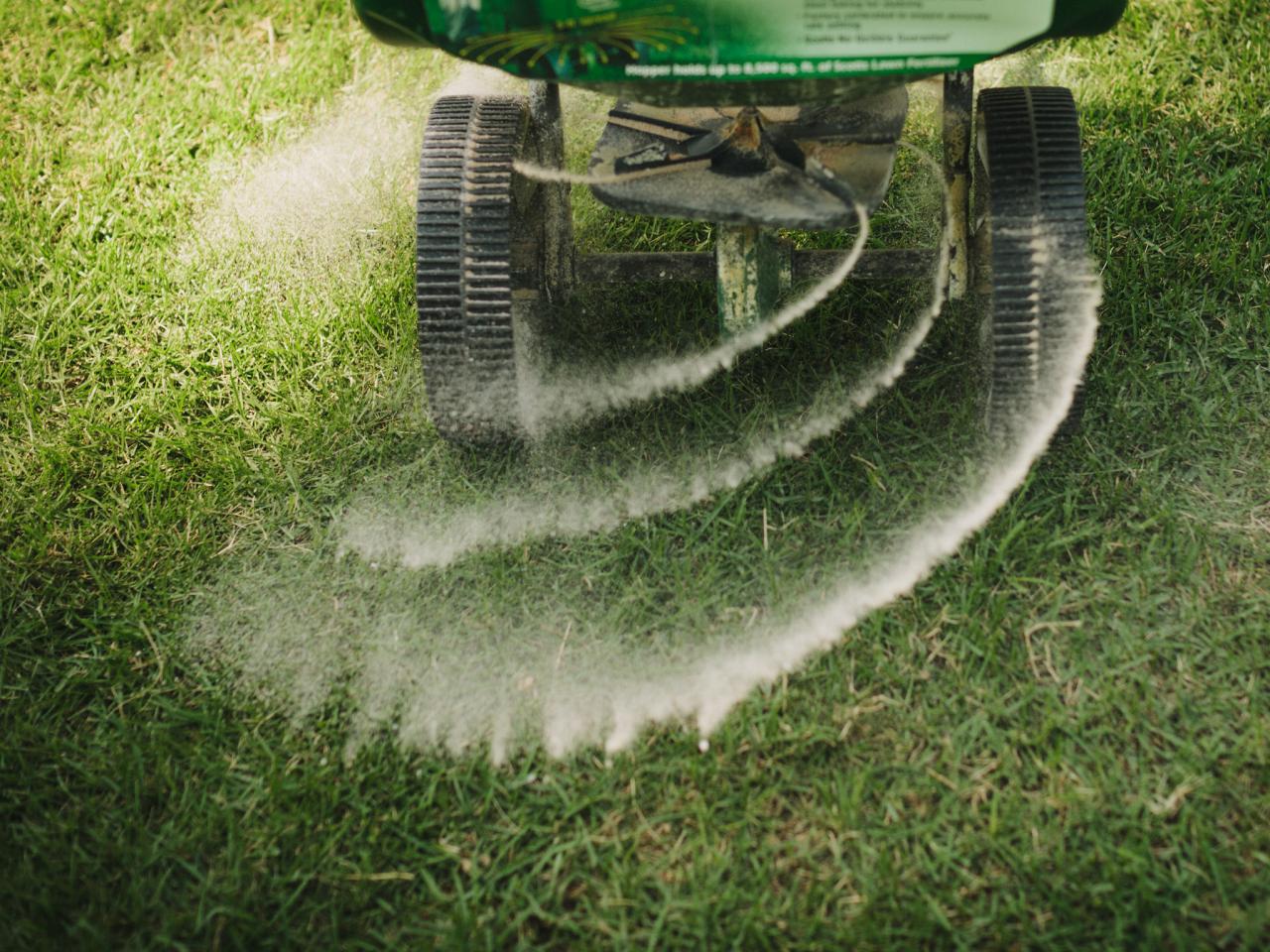


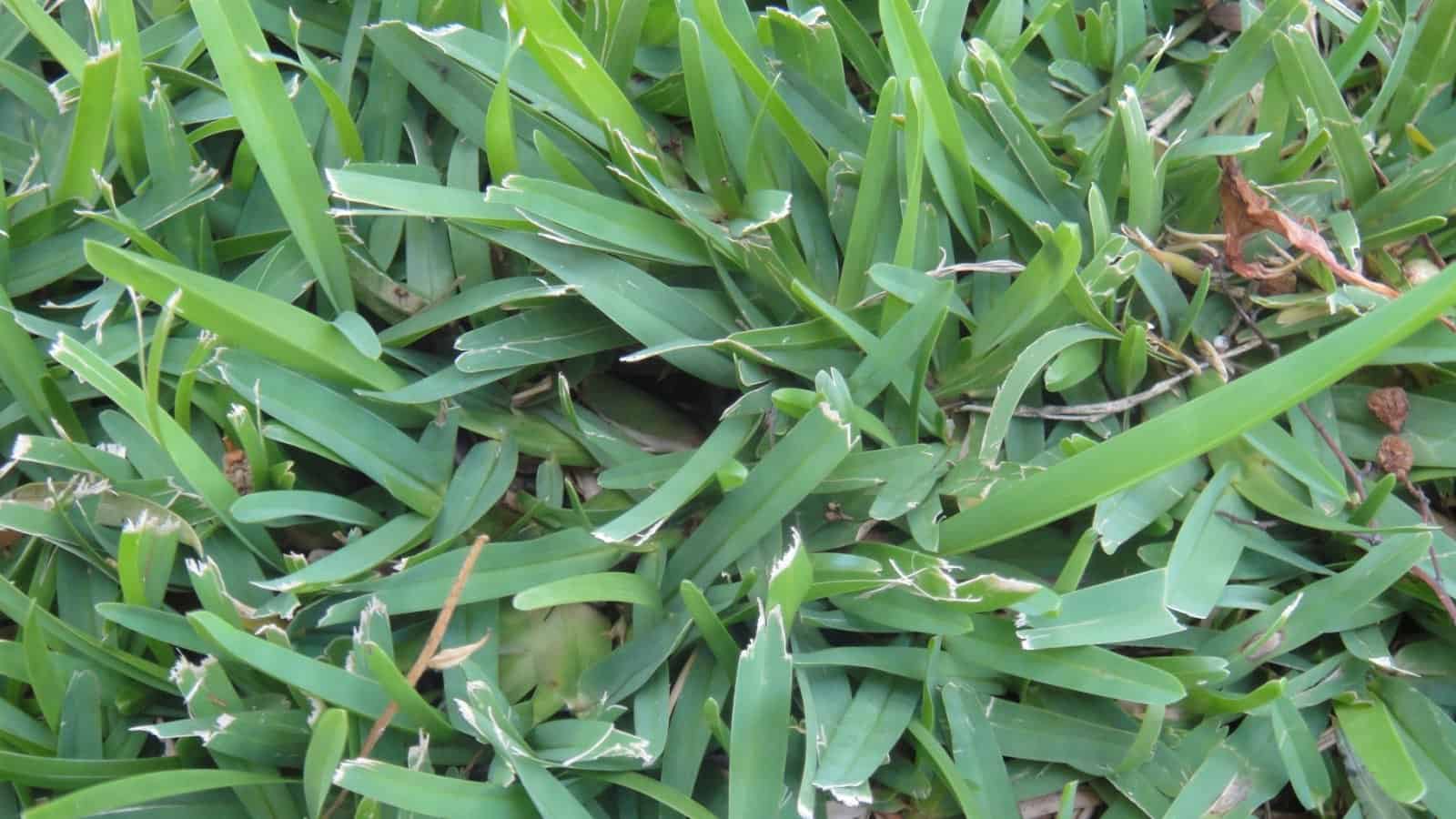
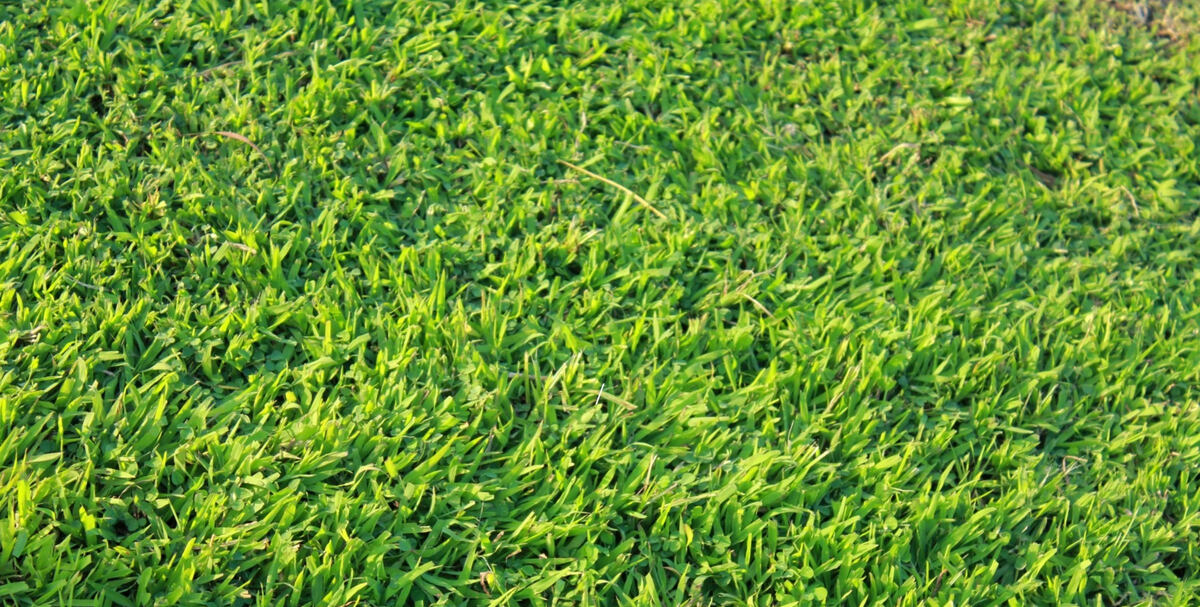

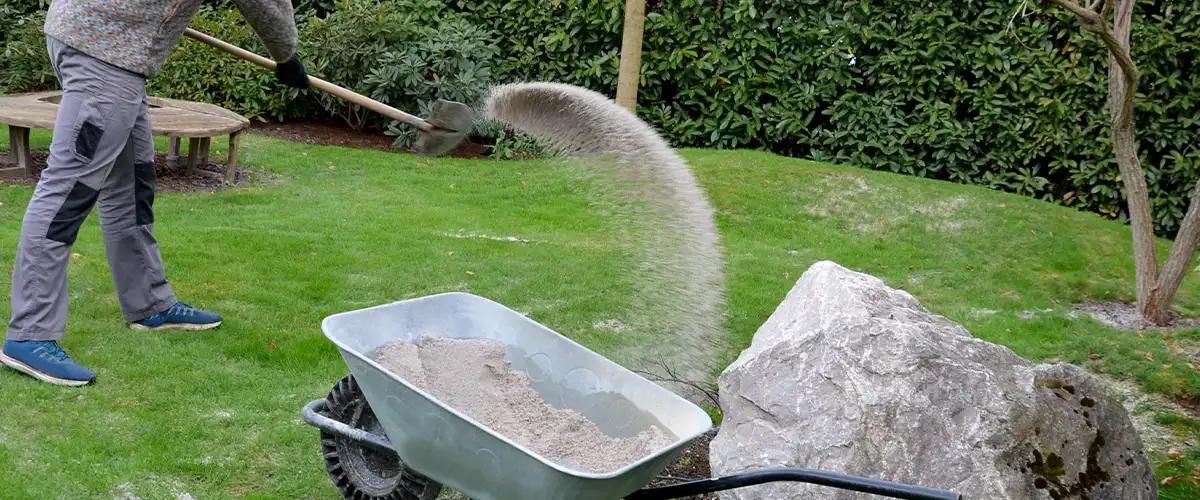


0 thoughts on “What Type Of Fertilizer To Use On Centipede Grass”